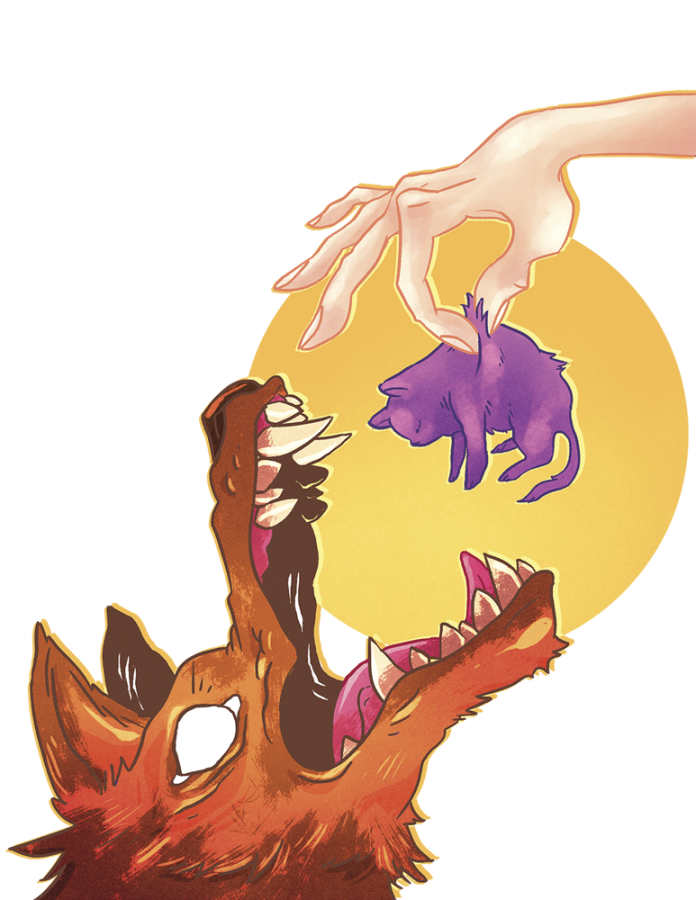Animal cruelty now a ‘crime against society’
January 28, 2016
Last month, a two-pound kitten named “Smurf” was brought to the Nine Lives Foundation, a no-kill animal shelter in Redwood City. It’s black fur was dyed purple, and he was covered with at least twenty “gnawing wounds,” according to Dr. Monica Rudiger, founder and chief veterinarian at the foundation.
On Dec. 28, Rudiger determined that the cat had most likely served as a chew toy for a dog. After finding older, healed scars during surgery, Rudiger diagnosed the kitten as a chronic victim of abuse.
Very little information is known about animal cruelty crimes like this one, however the FBI took a major step towards tracking animal cruelty trends this month when they reclassified Animal Cruelty as a more serious offense in the National Incident-Based Reporting System, a federal database that records information about crimes known to the police.
In January, the FBI began compiling data from more than 18,000 local police stations nationwide. The database now includes neglect, intentional abuse and torture, organized abuse and animal sexual abuse. Statistics will be available to the public by 2017 and will reveal the age, sex and ethnicity of the offender, showing trends in abuse cases, such as crime locations and weapons used.
Cases like “Smurf” will now be recorded and tracked on a federal level. As a result, law enforcement will in theory be able to better understand where the frequency of crimes like this occur and who the most common offenders are, according to Mary Lou Randour, senior advisor for Animal Cruelty Programs and Training at the Animal Welfare Institute in Washington, DC.
“The first step is recognizing that crime is occurring,” said Randour. “People can mobilize so that animals will receive further protection.”
Under the new classification, animal cruelty is now considered a Group A offense and a “Crime Against Society.” Group A offenses are serious incident-based crimes, such as arson, assault and murder.
The FBI classifies it a “Crime Against Society” as one that “defies values held by society as whole, rather than individuals or property.”
Previously, animal abuse was classified as a Group B, which includes crimes like curfew violations. Randour described this classification as “a dumping ground,” where cases are rarely analyzed.
The FBI database will be more commonly utilized by law enforcement, animal rights activists and shelters rather than the average citizen. She explained that the purpose of the database is to track incidents rather than individuals so the identities of offenders will not be available to the public.
“It’s definitely progress for the animals,” Randour said. “It’s progress for everyone. This is going to protect animals and humans.”
For more than a decade, Randour worked with John Thompson, deputy executive director of the National Sheriff’s Association, to prove that the link between animal cruelty and crimes against humans was strong enough to require a better tracking system.
According to Randour, children who commit acts of animal cruelty are more likely to be antisocial and commit violence later in life. Animal abuse cases can also be an indicator that other crimes are occurring simultaneously, such as child abuse. “Every single cat in here has a story.”
More than 400 cats currently reside at Nine Lives, and Rudiger estimates that a few dozen have abuse history. Roughly 5-6 times a year Rudiger sees severely neglected animals. Pit bull fighting is one of the most common cases in the Bay Area, according to Rudiger.
“Once every couple of months we get an animal who’s been beaten, shot or neglected,” said Rudiger. “Every single cat in here has a story.”
















